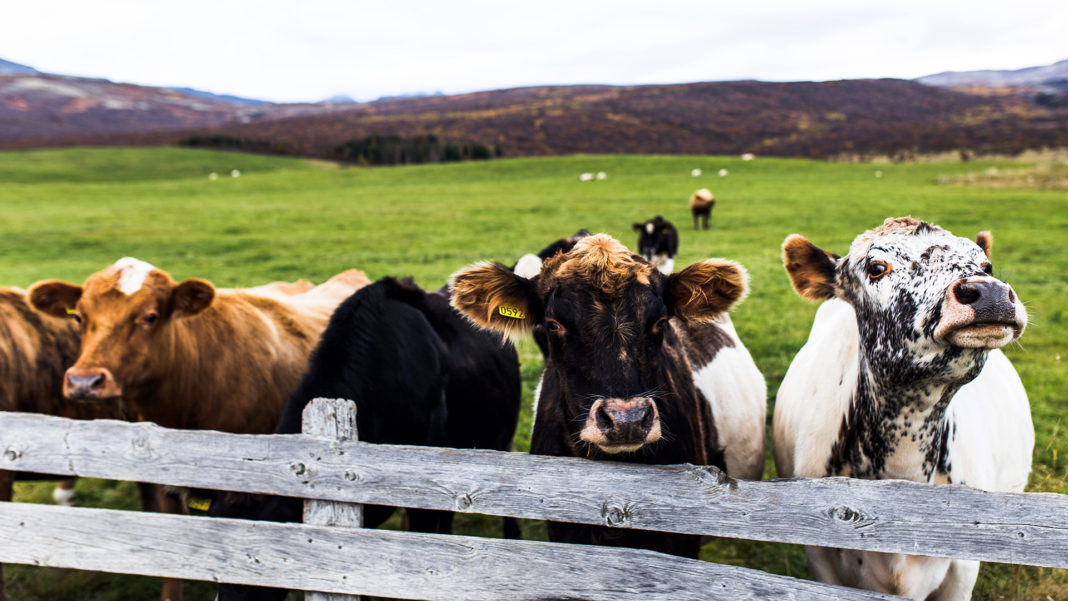While Brexit and international trade wars are creating some uncertainty, IFA National Dairy Chair Tom Phelan said there were many signs that dairy markets will be tighter and prices firmer into the spring of 2019.
The Rabobank last Dairy Quarterly report for 2018 even says that dairy markets could move quickly upwards and catch buyers unaware in the first half of 2019.
This, Mr Phelan said, should encourage co-ops to hold milk prices at current levels till spring.
“Global milk supply growth is slowing down and coming back in tune with the current steady demand growth. Rabobank shows that output from the big seven export regions (EU, US, NZ, Australia, Brazil, Argentina and Uruguay) is slowing dramatically at year end. EU supplies in particular will be affected well into spring by weather related impacts on feed/fodder quantity, quality and cost.
"The evidence is already there that France, Germany and the Netherlands, which between them account for 46% of EU milk production and 51% of exports, are producing far less milk at year-end, and even for the full year compared to 2017,” Mr Phelan said.
“We are also seeing a very fast reduction in the quantities of SMP held in intervention stock which until recently had depressed the market. Over 303,000t have been sold out, of which 60,500t this week alone, leaving just over 102,000t to be sold from January. Commissioner Hogan recently stated that the full stock could be gone in spring 2019,” he added.
“The minimum prices at which intervention SMP is being sold is fast catching up with fresh feed-grade powder prices of over €1450/t, and without preventing fresh food-grade SMP spot quotes from rising this week to €1700/t – intervention buying-in levels – for the first time in months,” he said.
“While butterfat prices are continuing to ease, butter at €4,640/t (latest EU Milk Market Observatory report) remains historically high,” he added.
“I believe there are very good reasons to expect a positive start to 2019, and I call on all co-op board members who have yet to meet to decide on November milk prices to make a firm decision to hold them at current levels into spring,” he concluded.








